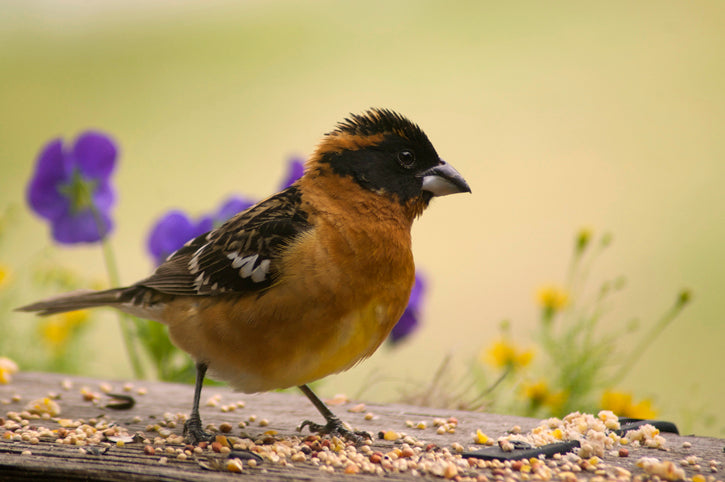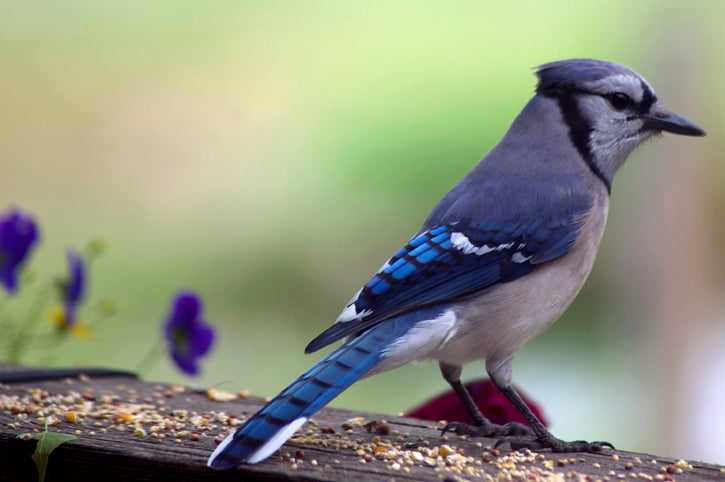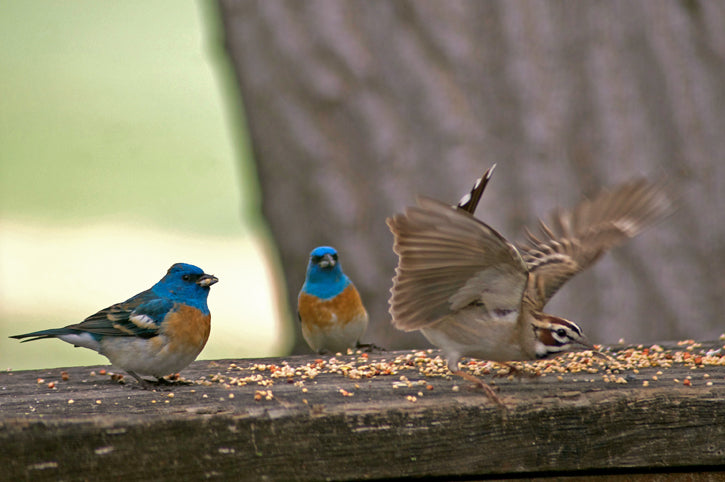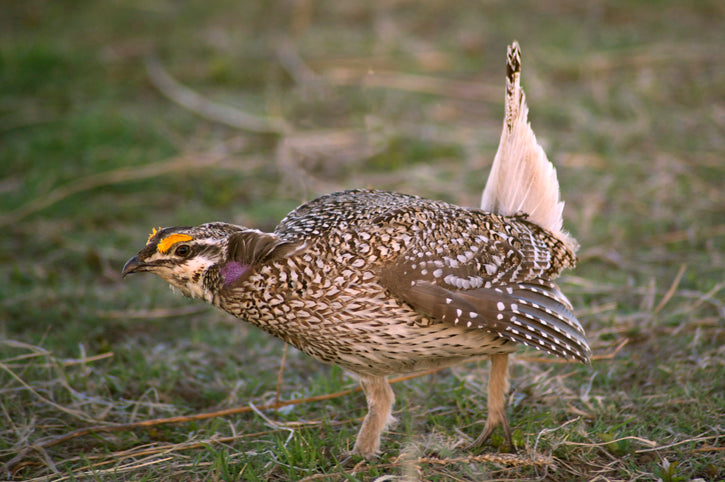Bird watching is a favorite pastime on the ranch and brings all of us so much joy.

The old cottonwoods that canopy the house are perfect for tree nesters and cavity dwellers.

These sites are carefully selected and are often out of sight. To see our feathered friends more clearly, we strategically place a couple of bird feeders off the deck of the ranch house for prime viewing.

Although a few bird species stay through the winter, most show up in the spring, raise their families, then bunch up in the fall and head south.
In addition to the fluttering above, there is a lot of action happening in the grasslands. Many of the species are shore birds, such as the Long Billed Curlew.

The ground-nesting birds are more challenging to view, as their plumage is subtler, like the prairie itself.
But like the passerines, many of these ground-nesting birds come to the prairie to breed and raise their young, with a few being year-long residents, like the Sharp Tailed Grouse.

Where birds live, and the habitat they need for their survival, is of great concern.
Each species seeks its specific niche within the prairie ecosystem. The diversity of the prairie grasses, or open arid areas, dotted with prairie playas, is the required habitat for many of these species.
There are currently over 200 species of ground-nesting birds on the Great Plains prairies. These grassland birds have been on the decline since the mid 1800’s.
When the European settlers arrived, an estimated 360 million acres of tall-grass, short-grass and mixed-grass prairies filled the middle part of our country. Today, about 70 million acres remain. Although there are many contributors to their decline, the loss of grassland habitat due to prairie plow up and other exploitation is the largest factor.
One of the most staggering statistics is the Eastern Meadowlark with an 89% decline over the last forty years. The Western Meadow Lark (pictured below) isn't trailing too far behind with a 40% decline over the same time period.
Their songs are the bugle call "that spring has arrived." To think of it being silenced is heart wrenching.
There is no doubt that preserving the breeding ground habitat for prairie ground-nesting birds is essential to their survival. So, if you see a lost or confused bird looking for good place to raise its family, send them our way, we've got room... as long as the buffalo keep roaming on.
Photos taken by Jill O'Brien on the Cheyenne River Ranch, in western SD.

23 comments